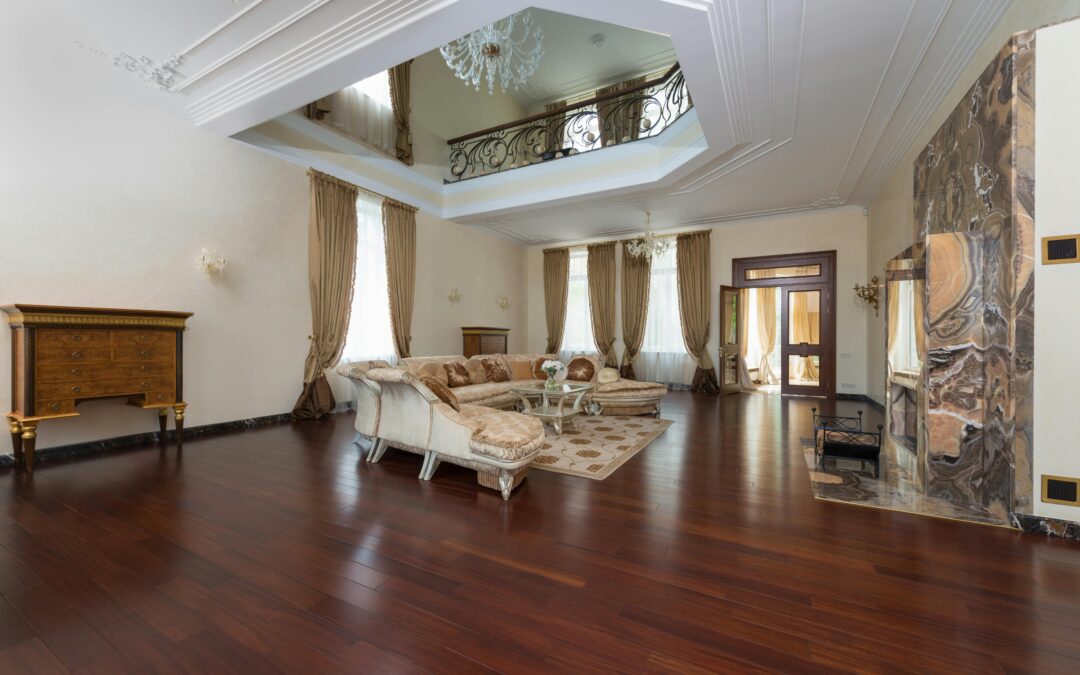Integrating contemporary and traditional decor fosters an environment that is both welcoming and fashionable. Here’s how to master merging modern and classic design elements to create an innovative and timeless space.
Know Your Design Preferences
Understanding personal tastes helps our clients recognize elements from various patterns that align with their aesthetics. For instance, one might enjoy the sleek lines and minimalist approach of modern design while appreciating classic styles’ ornate detailing and ambiance.
Knowing one’s design preferences ensures themes merge without clashing, creating a unified and pleasing space where no style dominates.
Create a Unified Color Palette
The best practice is to begin with a neutral color palette for your walls, floors, and larger furniture pieces. Neutrals provide a versatile backdrop that can complement both modern and classic elements.
Designers can then curate a palette, considering each shade’s emotional and aesthetic impacts. Lighter shades introduce brightness and a sense of spaciousness, while deeper tones add warmth and sophistication. In addition, accent colors can be strategically used to highlight architectural features or major pieces of furniture, adding depth and interest to the interior.
Select Classic Furniture Pieces
Classic furniture, known for its durability and elegant lines, contrasts modern decor’s clean, streamlined tendencies. Integrating well-chosen traditional pieces into a contemporary setting adds visual interest and creates a dialogue between different design periods.
This method encourages a subtle aesthetic, where the comfort and richness of classic designs highlight the fresh appeal of modern elements. The key lies in the careful selection that ensures each classic piece harmonizes with the room’s futuristic aspects, thus achieving a seamless and refined interior ambiance.
Balance Textures and Materials
Carefully selecting elegant modern elements and rich heritage designs is necessary for a balanced mix. Blending materials like polished metal and glass with the warmth of wood and velvet fosters a sophisticated conversation between styles. The contrast is essential. Pair the smooth lines of modern furniture with the intricate details and soft fabrics of classic pieces.
Designers should aim for harmony, allowing each style to complement the other through thoughtful placement. This mix of textures and materials connects different times and adds a welcoming depth to the space.
Strategic Use of Lighting
Illumination not only highlights the architectural features and design elements but also sets the mood and atmosphere of the space. Contemporary LED strip lighting can improve the neat, minimalist look of a current setting. At the same time, a vintage chandelier can add a touch of elegance and grandeur to the classic decor.
Moreover, integrating dimmable lights and smart lighting systems allows for flexibility, enabling one to adjust the ambiance to suit different occasions.
Lighting is a key instrument in merging present-day and traditional elements, creating a cohesive and inviting interior.
If you are looking for expert guidance on blending modern and classic styles in your interior design, Serden Group LLC is your ideal partner. With 15 years of experience in luxury remodeling, we specialize in creating harmonious and stylish living spaces. Contact us today!


